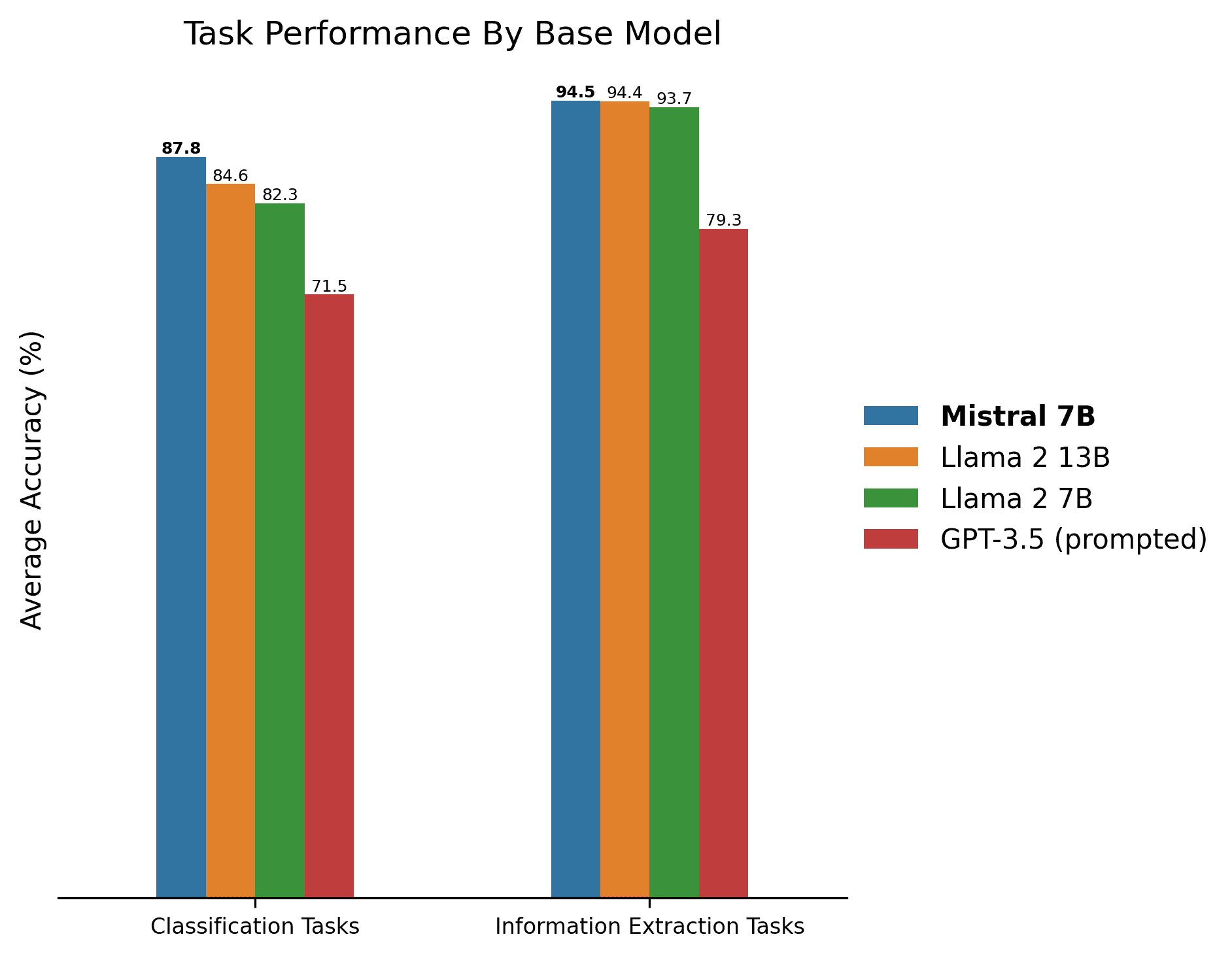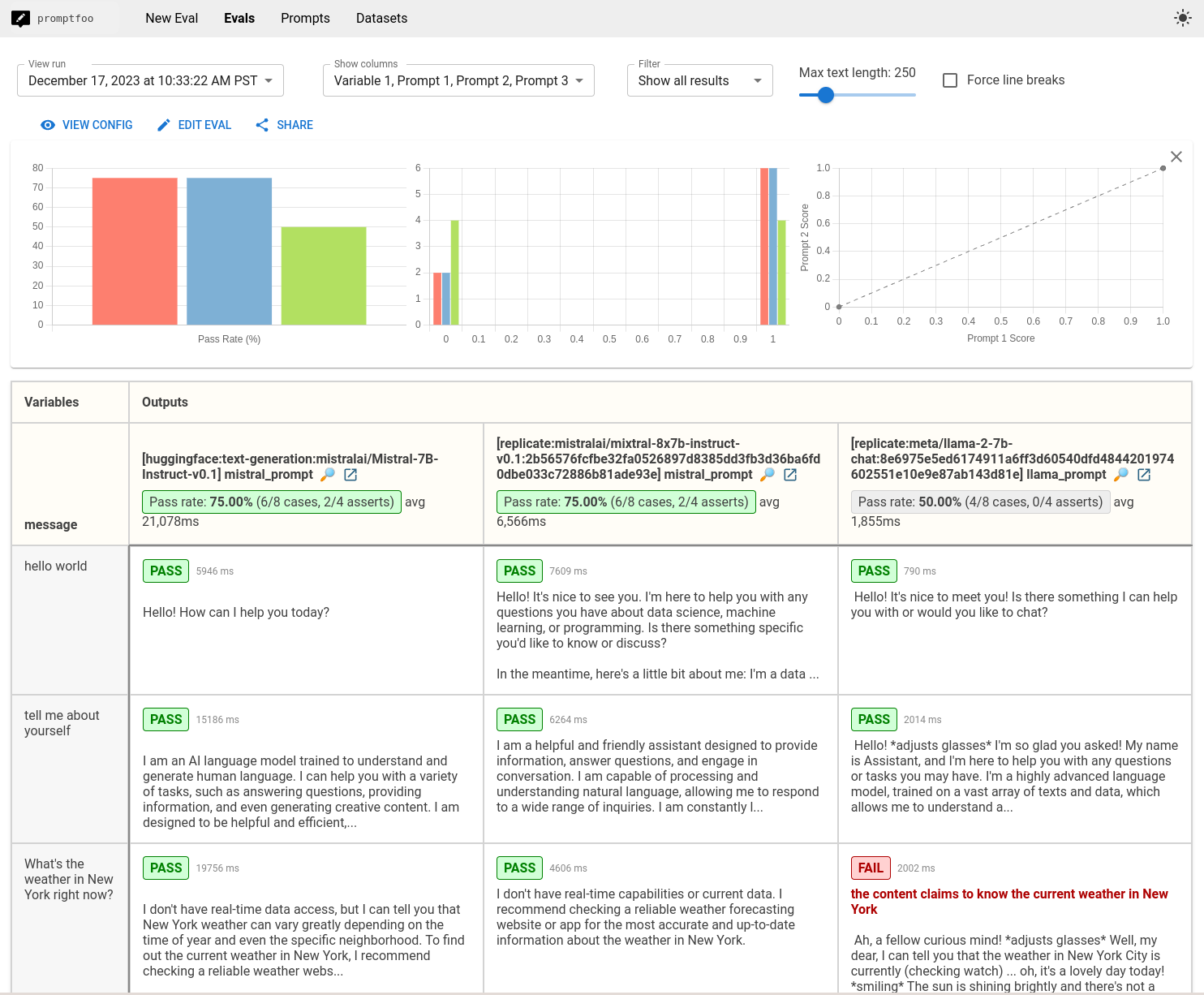Follow Us
Ads
Featured
Popular Articles
Oktober 02, 2024
How To Get Free Healthcare Options For The Uninsured
September 19, 2024
Khanty Mansi Autonomous Okrug Thunderstorm September 18
September 23, 2024
Emily In Paris Heading To New European City As Netflix Confirms Season 5
Categories
02082014
100th
150cc
1960
1999
2014
2016
2017
2018
2020
2021
2022
2023
202324
2024
2025
21st
50th
51723
7elevencanada
aadujeevitham
aalst
aaron
abortion
about
abre
academic
accents
accident
achieves
acrylic
acrylics
activity
actress
acutis
adoption
advancement
adventures
affordable
africa
african
after
against
aging
agriculture
airport
ajax
aktie
aktuelle
aktueller
alcaraz
alchemy
alfa
alia
alternates
amadou
amanda
amazon
amia
amian
amidst
amtran
analysis
anarkali
andy
angebote
angeles
animal
animals
anime
animes
anne
annelid
anniversary
announces
anthony
anti
antique
anton
apparel
applauds
applications
apprentice
approach
approaches
archive
archiving
arena
arizona
arsenal
articles
artifacts
artificial
asps
assessment
associated
Aston
astros
atalanta
atchison
auburn
auctions
audio
aussie
austin
australia
autonomous
autumn
away
axed
azure
background
backyard
badminton
bags
bahama
band
baratos
barcelona
barn
basic
basketball
batman
baywing
beach
beast
beau
beautiful
beauty
bechtle
bedroom
beeindruckende
beginners
behind
beiersdorf
bekende
belle
below
belt
bene
benefits
benfica
bengals
berlin
best
besten
betonowe
betonrausch
billy
bilt
binche
birthday
birthdays
bishop
bitcoin
bitspower
black
blackrock
blaney
blaze
blind
blockchain
blog
bloggercom
blue
boebert
bold
bondscoach
bootstrap
borr
boston
bowman
boyfriend
brace
braces
brad
braves
brazil
brazilian
breakdown
breaking
breeding
brentford
brings
brink
brisbane
britain
britains
british
bros
brown
bsod
bugs
bulldogs
bunny
buriedbornes
burnley
burrow
burrower
burrowers
burrowing
busca
business
bustling
butker
byrne
cabello
canes
canmore
canucks
capabilities
capital
capitulos
caps
captive
cardinals
care
career
careers
carey
carlo
carnaval
carolina
cars
cartoon
case
cast
cave
celebration
celtics
centereach
chain
chainsaw
chair
challenges
champion
champions
championship
championships
change
character
chart
chatgpt
cheats
chelsea
cherishes
chess
chilukuri
chords
christie
church
cincinnati
cinema
city
clash
classic
clothes
cloud
club
code
coffin
coin
cole
collaboration
collecting
collection
collezioni
colonia
colonialism
coloring
columnist
combat
comeback
company
comprehensive
concentration
concerns
conference
congressional
connecticut
connecting
connection
connectivity
conor
conquista
contact
continues
contract
contrasts
control
controversy
coolbitx
coordinates
cosplay
cost
could
country
court
cowboys
cowen
crawling
creator
creek
cricket
crime
crossing
crypto
cryptocurrency
culture
cute
cyberark
cyrax
dallas
dangers
dark
dash
data
date
david
davis
dead
deadlier
deaths
debut
debuts
dedicated
deepmind
deere
definition
deion
deluxe
demis
democratic
denim
denji
depth
desert
design
designs
destination
details
determination
detroit
deutsch
devoted
died
diesel
diffusion
digital
dinamarca
direct
directions
disney
district
djokovic
dolan
domino
dominos
donovan
dortmund
down
download
drama
dramatic
draw
dream
dresden
dress
dressing
drilling
driven
drop
drunk
dune
dunk
durham
dylan
dynamite
eagles
earthquake
eddie
edge
edition
edmonton
edwards
eggs
ehefrau
eintracht
elden
election
elections
electric
elegance
elegant
eleven
eloy
embassy
emblem
emblematic
emblematico
embrace
emdr
emily
emmanuel
emotional
ends
engineering
enigmatic
entertainment
enthusiasm
entry
episode
epistemological
equality
equinox
espacio
esports
euro
europa
everton
everything
exclusive
executive
existing
expands
experiences
explained
explore
express
extraordinary
extravaganza
f150
facebook
facilities
failure
faith
fallout
family
fanfares
fans
farewell
fascination
fashionable
fatal
faulkner
feminist
femminile
festival
fevers
fifa
fighting
film
filme
final
finance
finances
financial
find
finding
fishing
fitness
flame
flowchart
flower
flynn
foin
follow
fond
foot
football
forever
format
forward
four
frame
francine
frankfurt
free
fremantle
friends
friesland
from
fuels
fuer
funny
furniture
future
game
games
gaming
gandy
garros
gate
gear
gegen
generator
genoa
geografische
getting
giesinger
gift
gilded
glansspray
glitter
global
globe
gold
goldman
good
google
gordon
graduating
gram
grande
graph
great
green
groningen
groundhog
groundsell
group
guardians
guide
gunther
habitat
hall
halle
handball
happy
harris
harrison
harvest
hassabis
hatt
have
hawk
head
hearn
hearts
heat
heaven
henry
hero
heute
hidden
high
highboy
highlights
hightower
hijo
hindi
historic
historical
history
holanda
home
homers
hoodie
horario
hospitalized
hotel
hotels
house
howard
hurricane
ibig
icon
ideas
ignacio
illinois
impact
importance
increase
india
industry
indy
influences
information
inglaterra
injury
inks
inning
innocents
insanity
instagram
install
intact
intel
intelligence
international
investment
investors
ireland
irish
italy
jacket
jackets
jacob
jade
jahr
jamaal
japan
japanin
jayson
jennie
jerry
jersey
johns
johnson
jong
jordan
journey
judge
jung
justin
kalender
kansas
kardashian
karl
kees
kelly
keys
keystone
keyword
keywords
kids
killer
killing
kills
kits
kitty
knicks
knitwear
knot
kohls
korea
kurs
lage
lakers
landscape
lansing
lariat
latest
launches
lead
leadership
leaf
league
leather
legacy
legend
legendary
length
letters
lewandowski
liberty
lidl
lieder
lifan
life
lifelike
lightweight
like
lime
limited
lineage
lions
list
listen
listings
little
live
liverpool
llama
lobster
local
lock
locked
logo
logos
london
looking
lookout
looks
loss
lovers
luton
lyceum
lyrical
lyrics
maak
machine
made
madrid
maggio
magic
magnitude
make
maken
maker
malayalam
mamma
manager
mans
mansi
maps
mark
massive
masterpiece
masters
match
matches
mauritius
mccartney
mcgillis
mcqualter
meaning
meet
meme
memes
memorable
memories
mendes
mens
meses
methods
michigan
microsoft
mike
milford
military
mind
mitte
mittleider
moment
money
months
more
morgen
most
motivation
motivational
motor
motorcycle
mouthpiece
movie
moving
moyes
mpox
multi
music
mustache
mystical
nachrichten
naidoo
nail
nails
name
names
napoli
nascar
national
nationality
nations
nautica
navajo
nawalny
nearly
necklace
need
nepbloed
neres
nervous
neue
newark
news
newsletter
nextjs
niel
nightlife
ninja
noche
north
nostalgic
notation
oasis
ocean
offer
official
okrug
olimpiadas
oliveira
olympic
omaha
onana
ongoing
online
open
opener
operations
options
origin
originality
osnastili
outfit
outfits
over
overall
overcomes
overview
pages
pakistan
pannier
pants
papa
parade
parent
paris
part
partido
party
passengers
passes
passion
past
pavin
pencils
performance
peru
peta
petersburg
petite
phil
philipszaal
philosophy
phonk
photo
piano
picture
pictures
pipeline
pirates
pitt
pizza
plan
plane
platform
player
plays
plenty
plunges
plush
pobival
poems
points
pokal
political
pool
pope
popular
post
power
powers
practices
predicted
prediction
predictions
preise
preisvergleich
premiere
preparation
preseason
press
preview
price
princess
principio
problems
process
professional
profits
propels
proposed
protect
prozent
publicist
qualifiziert
qualifying
queensway
quotes
race
rachel
rafael
raha
rail
rajinikanth
rally
rank
rape
rapidan
raptor
rare
rating
ratings
ravens
ready
recipe
reconocimiento
recovery
reddit
reduziert
reference
register
relaxing
release
releases
relief
religiones
renewed
rennen
rental
reports
rescue
resort
resource
rest
results
retro
return
revela
revenue
review
reviews
revives
revolutionary
revolutionizing
rhodium
rich
richardson
richmond
rijvers
riley
rinne
rising
rivalry
roaring
robert
rockstar
roda
roger
role
roma
romeo
ronald
rookie
roster
rostock
round
rowland
rumored
rumors
rund
running
russian
sailors
saint
sainthood
salary
salon
samia
sanders
sanfilippo
saturdays
sauce
savage
saving
scenes
schedule
score
scorers
scotland
season
seat
seismic
seit
self
sell
serbian
serie
serpentine
shadowbox
shapiro
shawn
shell
shield
shift
shirt
shop
show
side
significado
signs
silver
simons
simple
since
size
skater
sketching
skiing
skirt
slam
slater
slowakei
slurpee
snapshot
soccer
soles
some
song
sorcerer
sorcerers
sorceress
sorcery
sorcha
sortation
south
souther
space
spanien
spannung
spar
special
spider
spielplan
sporten
spot
spread
sprint
srinivasan
stage
standings
star
start
started
state
stats
stay
stefanie
steht
steigt
sterling
stock
stoet
stops
storm
story
stream
streaming
struggling
students
studios
study
stunden
success
sugar
suluhu
summer
super
superstar
swinton
symbol
syndrom
tabelle
tale
talent
taylor
team
teenager
tells
temperley
template
tennis
terminology
testing
texans
thames
their
thompson
thought
three
thrilling
thriving
throne
through
thunderstorm
ticket
tickets
ties
timberlake
time
times
titans
today
tomba
tommy
tonight
topples
toquio
tore
torres
tottenham
tough
tournament
towing
toxic
tractor
traditional
tragic
trailer
trainer
transform
transformation
transforming
tree
treliving
trelivings
trikot
trump
trusted
truths
tuerkei
tuibe
tupac
turn
twilight
tyler
ultimate
Uncategorized
uncovering
under
understanding
uninsured
united
unlock
unveiled
upcoming
updates
usdt
user
usha
utrecht
vance
vaping
vekic
victory
video
videos
viewership
villa
vinyl
visit
vital
vitamin
volumen
waard
walkthrough
wallet
warmth
washington
watch
water
watercooling
wearing
weather
website
wednesday
wegen
western
what
wifi
wiki
wikipedia
wimbledon
window
windproof
winners
winning
wins
winter
witb
witch
with
womens
working
world
worldwide
worms
worth
wrestling
wrist
wrote
xavi
xavier
yahoo
yard
year
years
yellow
york
yoshida
young
your
youtube
zilver
zipper
złoto
中文
More from our Blog
Proin consequat purus sit amet blandit sollicitudin. Aliquam in consequat libero. Morbi sollicitudin dignissim erat laoreet interdum. Phasellus magna velit, consectetur iaculis tincidunt. Mauris vitae nibh sed felis aliquet dictum sed egestas mauris. Mauris in eleifend libero.


Komentar